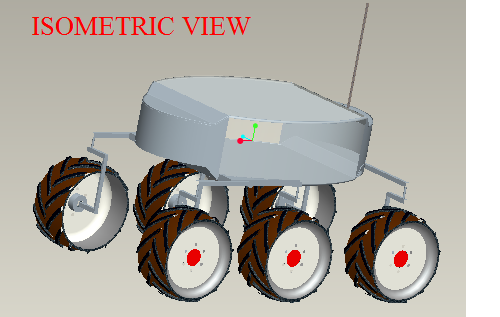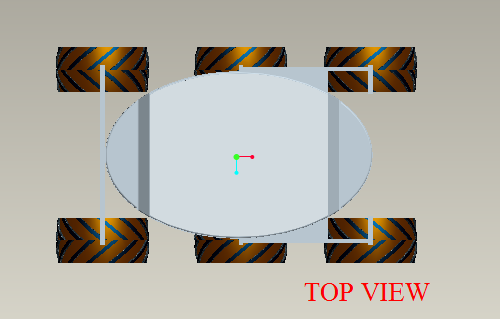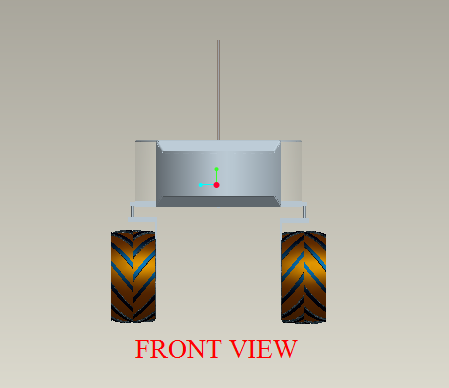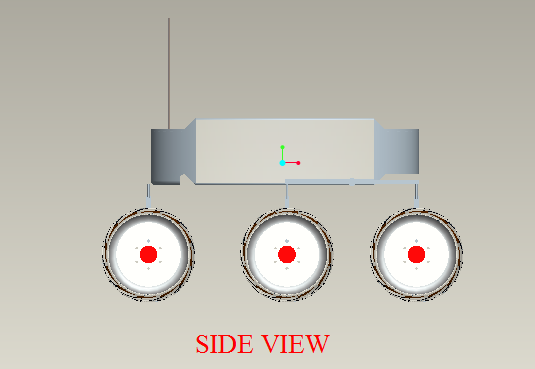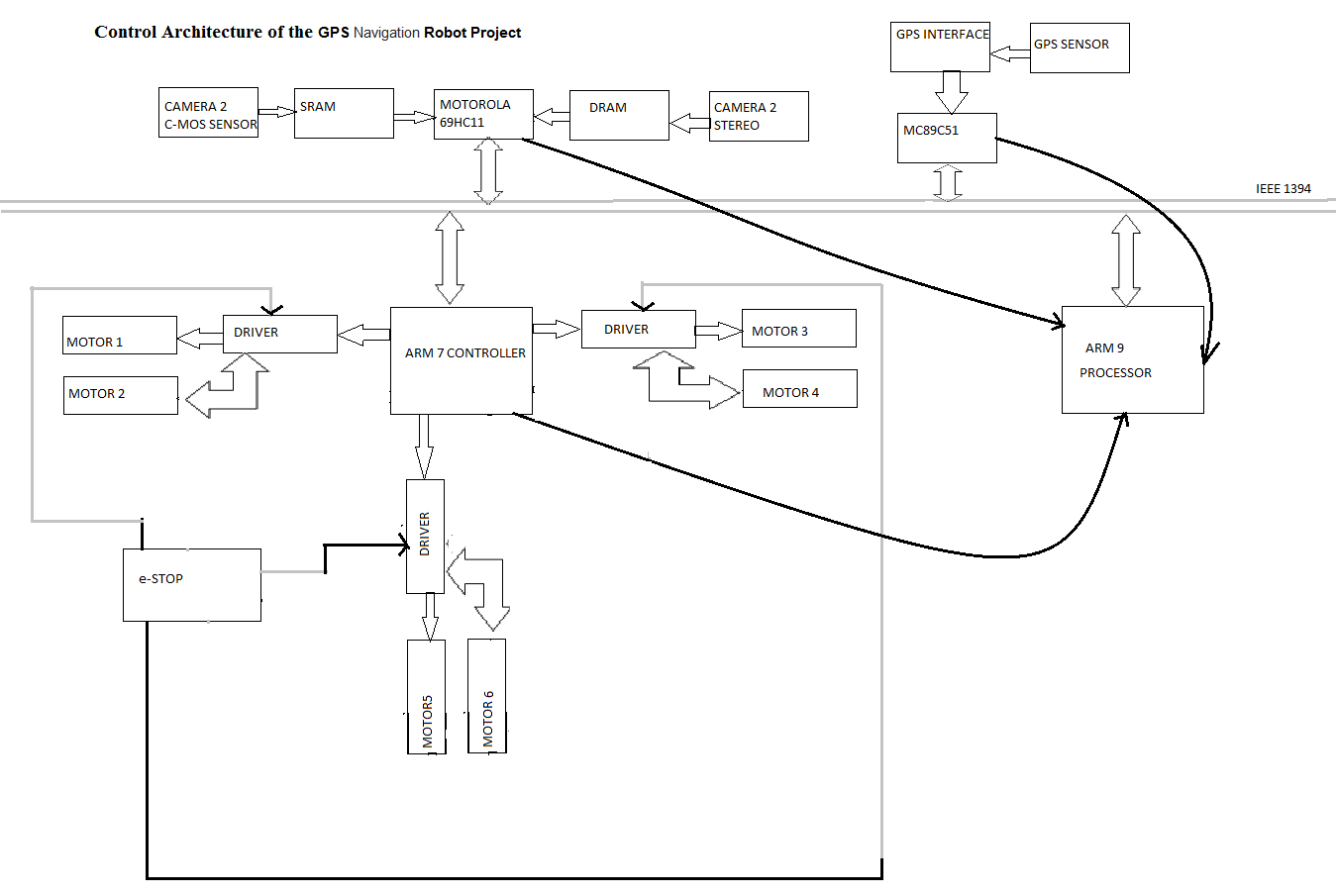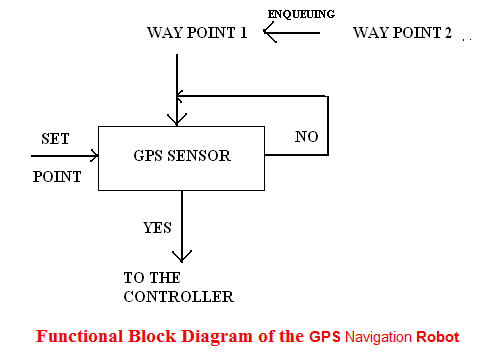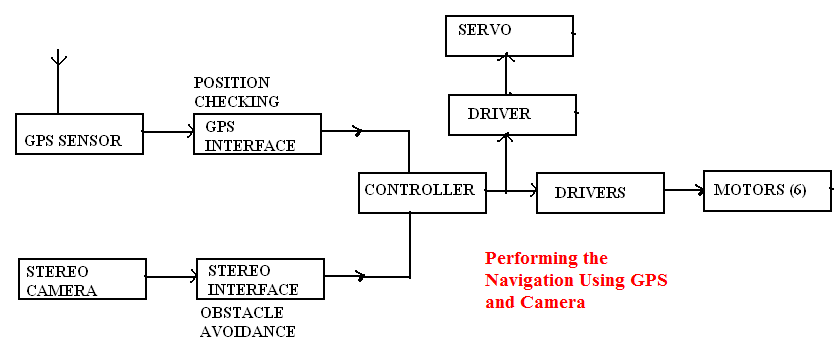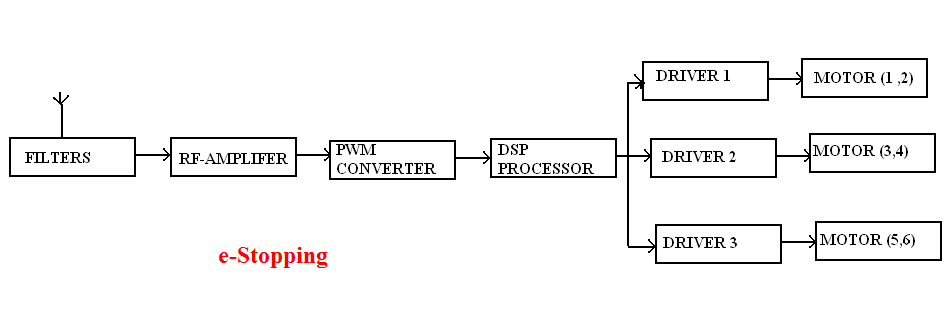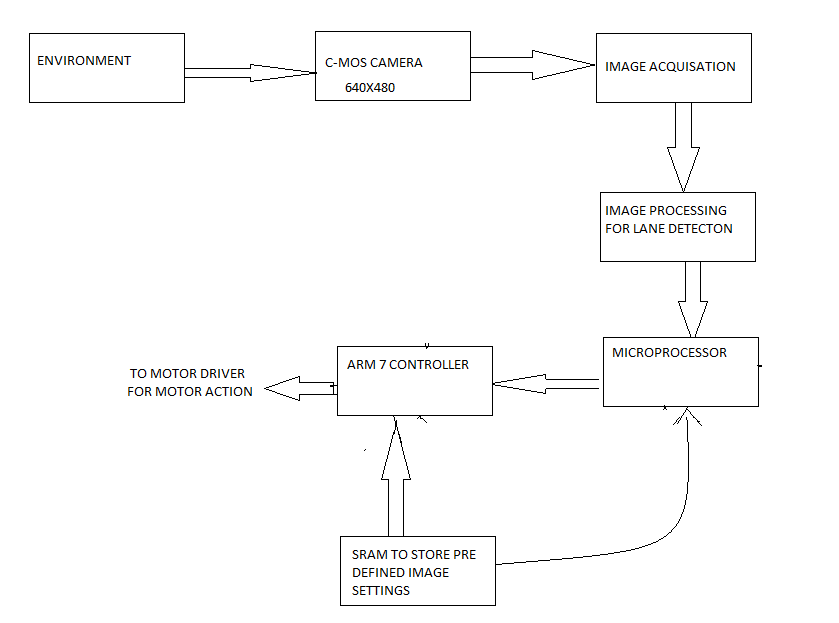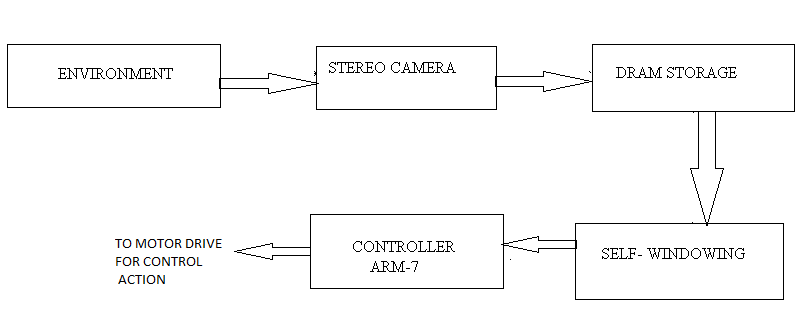Introduction to Develop a Multiple Interface Based Fire Fighting Robotics Project:
A monitoring system that is based on the real time is presented in a multiple interface that is usually used in the automation of home. The home and building security system includes security modular, appliance controller module, fire fighting robot, television security device, GSM modem, remote supervise computer and appliance control module.
Industry personal computer is the main controller of the fire fighting robot. In order to control the mobile robot we order the command that acquire sensor data and programmed the supervised remote system with the visual basic. Security information can be received by the robot from the interface of the wireless RS232 and a generate user interface is designed for the computer control of the fire fighting robot.
In the results of the experiments the users will control the mobile robot with the help of the RF controller, remotely supervise computer and supervised control. Obstacle can be avoided by the robot using IR sensors as well as ultrasonic sensors as per the fusion method of the multi-sense. Two flame sensors can be used to know the source of the fire and fight it with the help of the extinguisher. We are also planning to design an obstacle detector in the future modular using the IR sensor and ultrasonic sensor along with the fusion of the algorithm.
For getting more quick and easy environment map in the outdoor and indoor we need to combine the laser finder . Usually a home provides safety of the security of factory, office building and laboratory is necessary to the life of human and we have also created a multi-sensor security based system that includes a robot for fire fighting in the intelligent building we design a fire fighting robot that comes with an extinguishers. 50cm, 80kg and 130 cm are the respective shapes.

